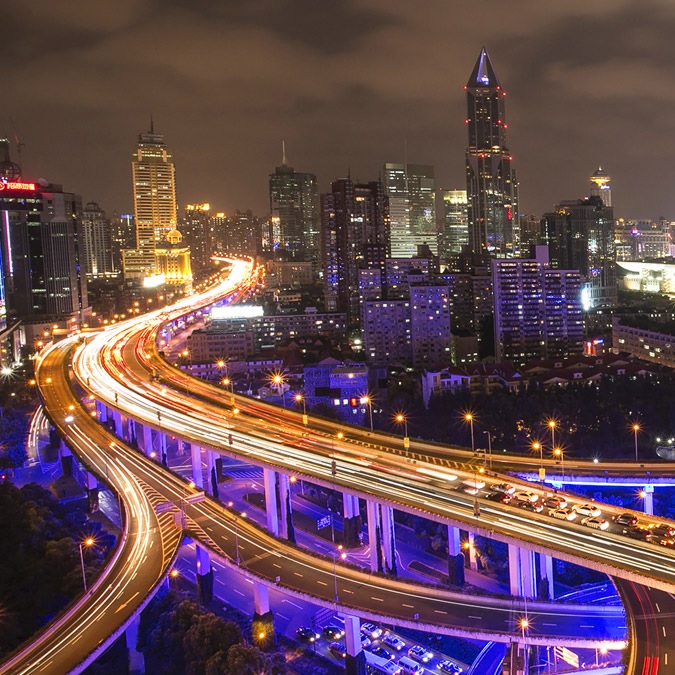
Franchising in Tier 2 and Tier 3 Cities: Untapped Potential in India
India’s economic growth has been accompanied by urbanization, which is not limited to just metropolitan cities. Tier 2 and Tier 3 cities, often overlooked in the past, are now emerging as centres of economic activity and consumer demand. In this blog post, we will explore the untapped potential of franchising in these cities and how they are becoming attractive destinations for franchise businesses.
Understanding Tier 2 and Tier 3 Cities
Before we delve into the potential of franchising in these cities, it’s essential to understand what Tier 2 and Tier 3 cities mean in the Indian context.
1. Tier 2 Cities: These cities are generally smaller than metropolitan cities but are significant urban centres in their respective regions. Examples include cities like Jaipur, Lucknow, and Pune.
2. Tier 3 Cities: These are smaller cities, often district headquarters or important towns, and they play a crucial role in the local economy. Examples include places like Jodhpur, Patiala, and Rajahmundry.
Untapped Potential
Franchising in Tier 2 and Tier 3 cities represents a largely untapped market with significant potential for growth. Here are some key reasons why these cities are becoming hotspots for franchising:
1. Rising Income Levels: As the income levels of residents in Tier 2 and Tier 3 cities increase, so does their disposable income. This translates into higher consumer spending, making these cities attractive for retail and service-based franchises.
2. Urbanization: Tier 2 and Tier 3 cities are experiencing rapid urbanization, with more people migrating from rural areas. This trend fuels the demand for organized retail, entertainment, and dining options that franchises can provide.
3. Brand Awareness: Residents of these cities are becoming increasingly brand-conscious and are looking for well-established and trusted brands. Franchises bring that recognition and reliability.
4. Infrastructure Development: Infrastructure development, including improved transportation and communication networks, makes these cities more accessible for businesses. This encourages franchisors to expand into these markets.
5. Lower Real Estate Costs: The cost of real estate in Tier 2 and Tier 3 cities is generally lower than in metropolitan areas. This lower cost of doing business can be enticing for franchisors looking to expand.
6. Local Partnerships: Collaborating with local entrepreneurs and partners who have a deep understanding of the local market can help franchisors navigate the unique challenges of these cities.
Challenges to Overcome
While the potential is vast, franchising in Tier 2 and Tier 3 cities is not without its challenges. Here are some common hurdles:
1. Limited Awareness: Franchise awareness is relatively low in these cities. Franchisors need to invest in marketing and education to create awareness about their business model.
2. Skilled Manpower: Finding skilled manpower, especially for specialized franchises, can be a challenge in smaller cities. Training and development programs may be required.
3. Logistics: Transportation and supply chain management may not be as efficient as in larger cities, requiring franchisors to adapt their logistics strategies.
4. Local Competition: In some cases, local businesses may pose stiff competition. Franchisors must conduct thorough market research to understand the competitive landscape.
5. Regulations: Local regulations and licensing processes can vary from one city to another. Navigating these regulations can be time-consuming.
Success Stories
Several franchise businesses have already recognized the potential in Tier 2 and Tier 3 cities and achieved remarkable success. Here are a few notable examples:
1. Pizza Hut: The popular pizza chain has expanded its presence in Tier 2 and Tier 3 cities, offering a taste of international cuisine to residents.
2. Baskin-Robbins: This ice cream franchise has made its mark in several smaller cities, capitalizing on the love for ice cream and desserts.
3. Cafe Coffee Day: With a strong presence in smaller cities, Cafe Coffee Day has become a go-to destination for coffee lovers and young professionals.
4. KFC: Known for its fried chicken, KFC has established a strong foothold in Tier 2 and Tier 3 cities, catering to the growing demand for fast food.
5. SBI, HDFC, and ICICI Bank: Even in the financial sector, banks like SBI, HDFC, and ICICI have extended their reach to smaller cities, offering banking and financial services.
Strategies for Success
To tap into the potential of Tier 2 and Tier 3 cities, franchisors can employ several strategies:
1. Market Research: Conduct thorough market research to understand local preferences, spending habits, and competition.
2. Adaptation: Tailor products, services, and marketing strategies to suit the local culture and preferences.
3. Franchisee Training: Invest in comprehensive training programs for franchisees and staff to ensure consistent service quality.
4. Local Partnerships: Collaborate with local entrepreneurs and businesses to gain insights and establish a foothold in the market.
5. Robust Marketing: Create localized marketing campaigns to build brand awareness and attract customers.
6. Quality Assurance: Maintain strict quality control to uphold the brand’s reputation, as word-of-mouth can be powerful in smaller communities.
7. Community Engagement: Engage with the local community through events, sponsorships, and social initiatives to build trust and goodwill.
Franchising in Tier 2 and Tier 3 cities in India holds immense potential for growth and expansion. With rising incomes, increasing urbanization, and changing consumer preferences, these cities are becoming lucrative markets for franchises. While there are challenges to overcome, with the right strategies and a commitment to understanding local markets, franchisors can tap into this untapped potential and contribute to the economic development of these emerging urban centres. The journey to success in Tier 2 and Tier 3 cities is not just about business growth but also about becoming an integral part of the local community and enriching the lives of its residents.
